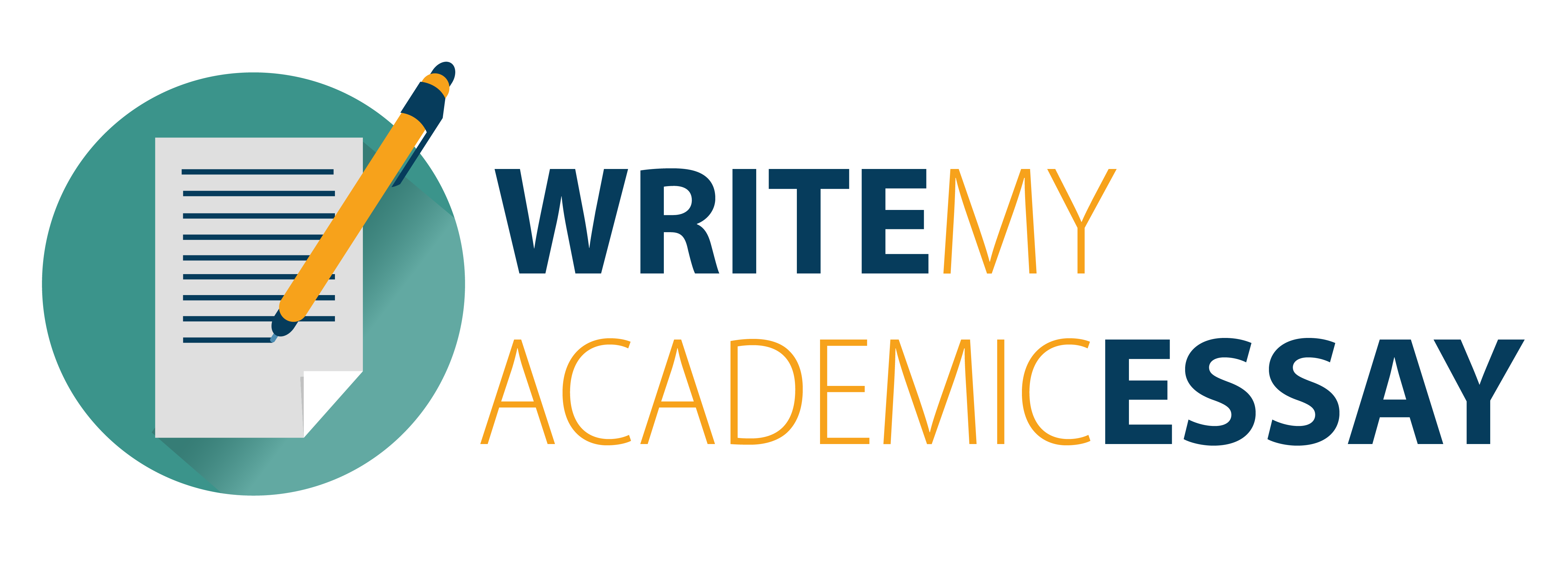Answer the questions by using Code of Ethics for Professional Engineers as your guideline in addition to your readings and understanding of sustainability.
Case Study 1:
Kara has been working as an environmental engineer at a consulting firm for over twenty-five years. Well-known for settling disputes between her corporate clients before litigation must be
pursued, Kara often analyzes technical data, particularly distributions of solid particle pollution, presented by disputing parties to help them reach a compromise on the cost of environmental
cleanup. For example, two parties may be separated from one another by a strip of land; however, each party must fiscally contribute in keeping the land free from pollutants. One day, Kara was
contacted by a journalist to talk about her experiences at the firm. Kara spoke about how she often encountered cases where companies did not accurately depict levels of solid particle pollution
occupying the companies’ respective surroundings. Instead, technical experts, who are mostly engineers, would misrepresent data in order to make it seem that minority parties were responsible for a
greater part of the contamination. At the end of the interview, Kara emphasized the necessity of engineers taking ownership and being honest about the presentation of data.
Q: At what point does an engineer’s interpretation of data move from sound technical reasoning to misrepresentation? How should engineers deal with the pressure to come up with data that may
indicate favorable results for their employers? Credit: Jocelyn Tan was a 2014-2015 Hackworth Fellow in Engineering Ethics at the Markkula Center for Applied Ethics at Santa Clara University.
Case Study2:
Solomon is a principal engineer at an environmental engineering consulting firm. His main role is to advise clients on what type of action to take when they are faced with risks and liabilities
while conducting certain projects. In one case, Solomon had a client that wanted to expand their campus until it was within approximately 50 meters of a marshland. After construction of this
extension, however, the client must ensure that a proper waste management plan is in place so that contamination will have minimal effect on the surrounding habitat. The client came up with a
solution that satisfied, but did not go beyond the bare minimum of state regulations. In other words, although Solomon’s client prioritized a cost-effective plan, the environment would be subject
to a certain percentage of contamination that would, within five to ten years, stifle the marshland’s flourishing.
Q:Should Solomon push for a more fiscally demanding, yet sustainable strategy–at the risk of his client backing out of the partnership altogether? Credit: Jocelyn Tan was a 2014-2015 Hackworth
Fellow in Engineering Ethics at the Markkula Center for Applied Ethics at Santa Clara University.
The question first appeared on Write My Essay

